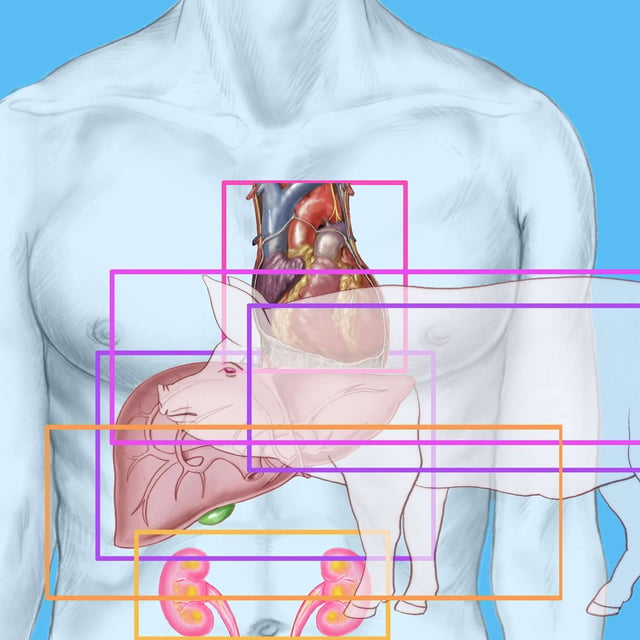Overview
- Chinese surgeons at Guangzhou Medical University implanted a left lung from a genetically modified pig into a 39-year-old brain-dead man and observed the graft for nine days before stopping at the family's request.
- The donor organ carried six edits designed to blunt immune attack, knocking out GGTA1, B4GALNT2 and CMAH and adding human CD55, CD46 and TBM.
- The lung oxygenated the recipient immediately, developed severe pulmonary edema within 24 hours and showed antibody-mediated rejection on days three and six, with partial improvement noted by day nine.
- The team reported no active pig viruses or bacteria in the graft, while outside experts questioned aspects of the microbiology work and urged more sensitive PCR-based surveillance.
- Specialists called the result an important step for a notoriously difficult organ yet stressed that additional genetic modifications, improved preservation and stronger immunosuppression will be needed before studies in living patients.


